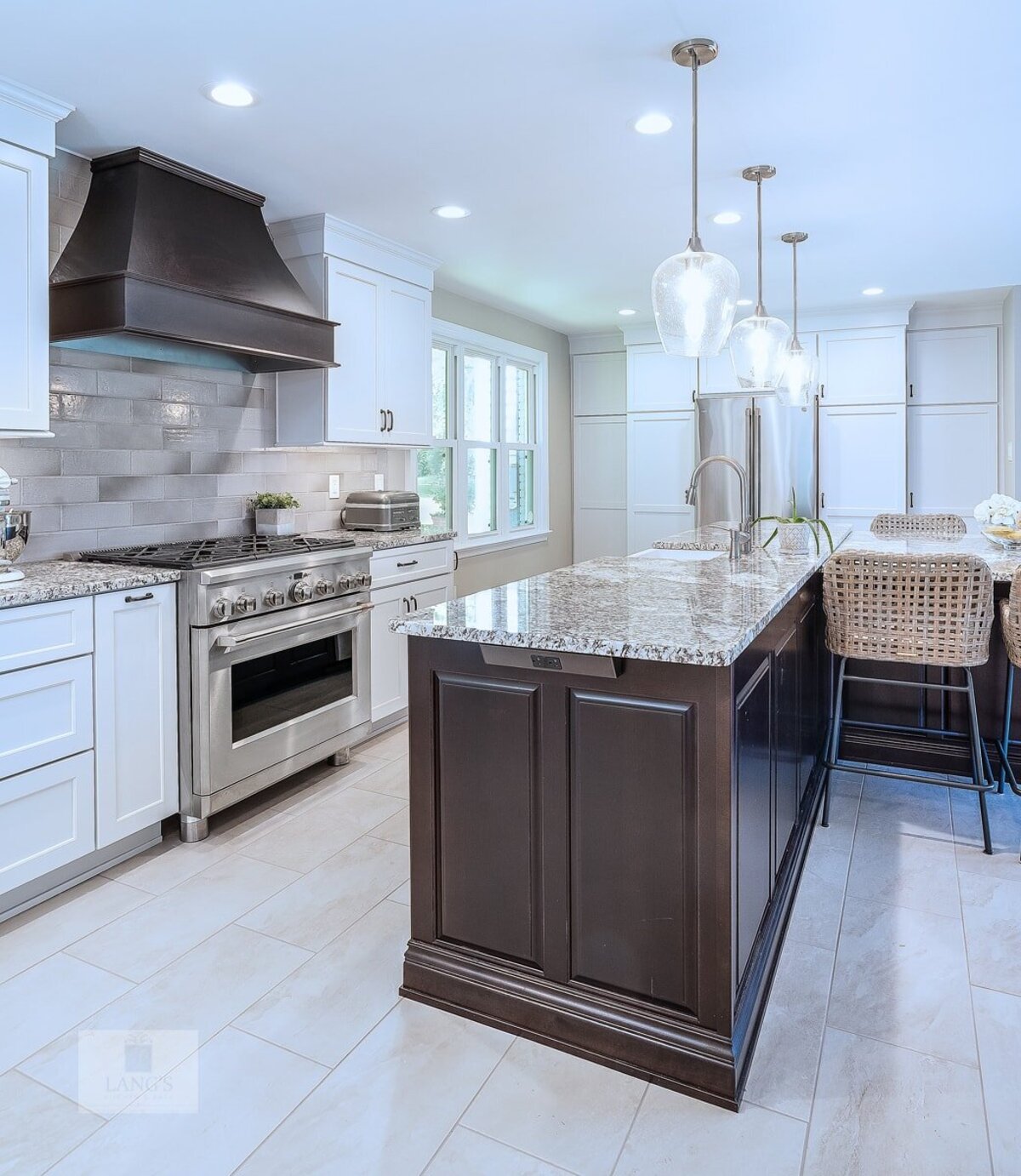

Articles
When Is Make-up Air Required For A Range Hood
Modified: January 8, 2024
"Learn about when makeup air is required for a range hood and why it is crucial. Read informative articles on this topic and get expert advice."
(Many of the links in this article redirect to a specific reviewed product. Your purchase of these products through affiliate links helps to generate commission for Storables.com, at no extra cost. Learn more)
Introduction
Makeup air is a vital component of any range hood system, ensuring proper ventilation and maintaining indoor air quality. When cooking on a gas stove or using high-powered range burners, a significant amount of air can be exhausted from the kitchen, potentially creating negative pressure and causing a range hood to operate less efficiently. In such cases, makeup air is required to restore the balance and ensure the smooth operation of the range hood.
In this article, we will explore what makeup air is, why it is necessary for a range hood, how to determine when makeup air is required, factors to consider in the decision-making process, and options for providing makeup air. So, let’s dive in and unravel the importance of makeup air in a range hood!
Note: It is important to check local building codes and regulations to ensure compliance with specific requirements regarding makeup air for range hoods.
Key Takeaways:
- Proper makeup air is essential for range hoods to maintain efficient ventilation, prevent backdrafting, and improve indoor air quality, ensuring a safe and comfortable cooking environment.
- Factors such as cooking equipment, airflow rate, building tightness, and local regulations should be considered when determining the need for makeup air, with various options available for its provision.
Read more: Range Hood Making Noise When Off
What is makeup air?
Makeup air refers to the replacement air that is brought into a residential or commercial space to compensate for the air that gets exhausted by a ventilation system, such as a range hood. When cooking, particularly with high heat or gas burners, a significant amount of air is drawn out of the kitchen by the range hood, creating a negative pressure situation. This negative pressure can have a range of consequences, including decreased range hood efficiency, increased energy consumption, and potential negative health effects due to a lack of proper air exchange.
The purpose of makeup air is to restore the balance of air pressure within the space by introducing fresh, outside air. This fresh air serves multiple functions: replenishing the air that is being expelled by the range hood, preventing the system from drawing air from unwanted sources such as chimneys or exhaust vents, and maintaining a comfortable and healthy indoor environment.
Makeup air can be supplied in various ways, depending on the specific requirements of the range hood system and the space in which it operates. It can be sourced from outside the building via ductwork or through the use of air transfer devices that transfer air from one room to another. Additionally, makeup air can be controlled and regulated using dampers or vents to ensure efficient airflow and maintain proper air exchange.
Overall, makeup air is a crucial element of a range hood system, providing the necessary replacement air to optimize ventilation, maintain indoor air quality, and ensure the smooth operation of the range hood.
Why is makeup air necessary for a range hood?
Makeup air is essential for a range hood to maintain the overall functionality and efficiency of the ventilation system. Here are some key reasons why makeup air is necessary:
- Preserves proper air balance: When a range hood operates without makeup air, it creates negative pressure in the kitchen. This negative pressure can cause air to be drawn back into the space from undesirable sources, such as the chimney or exhaust vents. This infiltration of uncontrolled air can disrupt the air balance and lead to various issues, including reduced range hood performance and increased energy consumption.
- Enhances range hood performance: Makeup air ensures that the range hood can effectively capture and exhaust cooking fumes, smoke, and odors. By maintaining the air balance in the kitchen, the airflow from the range hood remains consistent, improving its overall performance and efficiency in removing airborne contaminants. Without makeup air, the range hood may struggle to effectively exhaust the air, leading to poor ventilation and a less comfortable cooking environment.
- Improves indoor air quality: Cooking generates pollutants such as grease, smoke, and odors. Without proper ventilation provided by makeup air, these contaminants can accumulate in the kitchen and spread throughout the rest of the living space, potentially causing health issues. Makeup air ensures that fresh outside air replaces the polluted air, helping to maintain good indoor air quality and a healthier living environment for occupants.
- Prevents backdrafting: Makeup air is particularly important when operating gas appliances or using high BTU burners. The exhaust from these appliances creates negative pressure, which can lead to backdrafting. Backdrafting occurs when gases, such as carbon monoxide, are drawn back into the living space instead of being expelled outside. Makeup air helps to counteract the negative pressure and prevent potentially harmful gases from entering the home, ensuring the safety of occupants.
In summary, makeup air is necessary for a range hood to maintain proper air balance, enhance performance, improve indoor air quality, and prevent potential safety hazards. It is an integral part of a well-functioning range hood system, ensuring efficient and effective ventilation in the kitchen space.
Determining when makeup air is required
Determining when makeup air is required for a range hood involves considering various factors related to the specific installation and the type of cooking equipment being used. Here are some key elements to consider in determining the need for makeup air:
- Cooking equipment: The type of cooking equipment used plays a significant role in determining the need for makeup air. High BTU (British Thermal Unit) burners, griddles, charbroilers, and commercial-style ranges generate a substantial amount of heat and exhaust more air compared to standard residential appliances. As a general guideline, if the cooking equipment exceeds a certain BTU threshold (often around 60,000 BTUs or more), makeup air is typically required to maintain proper ventilation.
- Airflow rate: The airflow rate refers to the volume of air that the range hood can effectively exhaust in a given period. It is usually measured in cubic feet per minute (CFM). Ideally, the range hood should be able to exhaust at least the same amount of air as the cooking equipment produces. If the airflow rate of the range hood is insufficient to handle the volume of air being generated by the cooking appliances, makeup air will likely be needed to balance the air pressure.
- Building tightness: The overall tightness of the building’s envelope affects the need for makeup air. If the building is well-insulated and tightly sealed, it can create a more significant negative pressure environment when the range hood is in operation. In such cases, makeup air becomes crucial to maintain proper air balance and prevent the potential for backdrafting of combustion gases from gas appliances.
- Building codes and regulations: Local building codes and regulations may specify when makeup air is required for range hoods. It is essential to consult these guidelines to ensure compliance with specific requirements in your area. These codes may consider factors such as the size of the range hood, the cooking equipment being used, and the volume of air being exhausted.
- Manufacturer recommendations: The manufacturer of the range hood or cooking equipment may provide specific guidelines or requirements regarding the need for makeup air. It is important to review the product documentation and follow any recommendations provided by the manufacturer to ensure optimal performance and safety.
By considering these factors and consulting local regulations and manufacturer recommendations, you can determine when makeup air is required for your range hood installation. It is crucial to ensure that the range hood operates efficiently, maintains proper air balance, and promotes a healthy and comfortable indoor environment.
Makeup air is required for a range hood when the hood’s airflow exceeds 400 cubic feet per minute (CFM) or when the home is tightly sealed, to prevent negative pressure and potential backdrafting of combustion appliances.
Factors to consider when determining the need for makeup air
Several factors should be considered when determining the need for makeup air in a range hood system. Understanding these factors will help ensure that the ventilation system operates effectively and efficiently. Here are some key considerations:
- Cooking habits: Assess your cooking habits and the frequency of high-heat or high-BTU cooking. If you frequently cook with high-powered burners or use commercial-style cooking appliances, the amount of air being exhausted will be higher, necessitating makeup air to maintain proper air balance.
- Kitchen size: The size of the kitchen plays a role in makeup air requirements. Smaller kitchens tend to have less space for air to circulate, which can lead to increased negative pressure. It is important to consider the volume of air being exhausted and how it affects the overall air balance in the space.
- Building tightness: Evaluate the overall tightness of your building. Well-insulated and tightly sealed homes may experience more significant negative pressure when the range hood operates. In such cases, makeup air becomes essential to maintain sufficient airflow and prevent backdrafting.
- Air exchange rate: Consider the recommended air exchange rate for your kitchen space. This refers to the number of times the air in the room should be completely replaced with fresh air per hour. Higher cooking activity may require a higher air exchange rate, which could necessitate the use of makeup air to achieve adequate ventilation.
- Local building codes: Consult local building codes and regulations to determine if makeup air is required based on specific requirements in your area. Some jurisdictions may have specific guidelines regarding kitchen ventilation and the need for makeup air, especially in commercial settings or for larger cooking appliances.
- Balancing system: Consider whether the range hood system has a built-in balancing system to control the amount of makeup air introduced. Such systems can help maintain the proper air balance and adjust the airflow according to the cooking equipment’s demand, ensuring efficient and effective ventilation.
By considering these factors, you can assess the need for makeup air in your range hood system more accurately. It is essential to strike a balance between sufficient ventilation and energy efficiency to create a comfortable and healthy indoor environment while minimizing energy waste.
Read more: How To Make A Range Hood Cover
Options for providing makeup air
When it comes to providing makeup air for a range hood, there are several options available depending on the specific installation and requirements. Here are some common methods for supplying makeup air:
- Passive vents: Passive vents are one of the simplest and least expensive ways to provide makeup air. These vents, typically located near the range hood, allow fresh outside air to enter the kitchen passively. However, it is essential to ensure that these vents are appropriately sized to provide sufficient airflow and are strategically placed to maintain proper air balance.
- Dedicated ductwork: Another option is to install dedicated ductwork to supply makeup air directly to the range hood. This ensures a controlled and regulated airflow, allowing for precise balancing of the air pressure. The makeup air duct can be connected to an outdoor intake, bringing in fresh air from the outside directly into the kitchen.
- Air transfer devices: Air transfer devices, such as transfer grilles or jumper ducts, can be used to transfer air from adjacent rooms to the kitchen. These devices enable the redistribution of air within the space, helping to balance the air pressure. However, it is crucial to ensure that the adjacent rooms have adequate airflow and that the transfer devices are properly sized to maintain proper ventilation in all areas.
- Damper-controlled system: A damper-controlled system allows for more precise control over the makeup air supply. Dampers can be installed in the range hood ductwork or in the makeup air duct itself. These dampers can be adjustable, allowing for airflow regulation based on the specific cooking requirements and maintaining a balanced air pressure in the kitchen.
- Makeup air units: In some cases, a dedicated makeup air unit may be necessary, especially for larger range hood systems or in commercial settings. These units are designed to supply a significant amount of makeup air to meet the demands of the range hood and the cooking appliances. Makeup air units often include filtration systems, heaters, and controls to ensure optimal performance and maintenance of indoor air quality.
It is important to consult with a professional HVAC contractor or range hood specialist to determine the most appropriate option for your specific setup. They will assess factors such as kitchen size, cooking equipment, and local building codes to recommend the best makeup air solution.
Remember, proper installation and maintenance of makeup air systems are vital to ensure efficient and effective ventilation while maintaining overall indoor air quality and a comfortable cooking environment.
Conclusion
Makeup air is an essential component of a range hood system, ensuring efficient ventilation and maintaining a healthy indoor environment while cooking. By understanding what makeup air is, why it is necessary, and how to determine when it is required, you can make informed decisions about your range hood installation.
Factors such as cooking equipment, airflow rate, building tightness, local regulations, and manufacturer recommendations should be considered when determining the need for makeup air. Assessing your cooking habits, kitchen size, and air exchange rate will help you determine the appropriate makeup air solution for your specific setup.
Options for providing makeup air include passive vents, dedicated ductwork, air transfer devices, damper-controlled systems, and makeup air units. Consulting with professionals in the field will ensure that you select the most suitable solution for your range hood system.
Proper installation and maintenance of makeup air systems are essential for optimal performance, energy efficiency, and indoor air quality. It is crucial to follow local building codes and regulations and take into account manufacturer recommendations to ensure compliance and safety.
In conclusion, incorporating makeup air into your range hood system is crucial for maintaining proper air balance, enhancing performance, improving indoor air quality, and preventing potential safety hazards. By making informed decisions and consulting experts in the field, you can enjoy a well-ventilated kitchen and a comfortable cooking experience.
Frequently Asked Questions about When Is Make-up Air Required For A Range Hood
Was this page helpful?
At Storables.com, we guarantee accurate and reliable information. Our content, validated by Expert Board Contributors, is crafted following stringent Editorial Policies. We're committed to providing you with well-researched, expert-backed insights for all your informational needs.
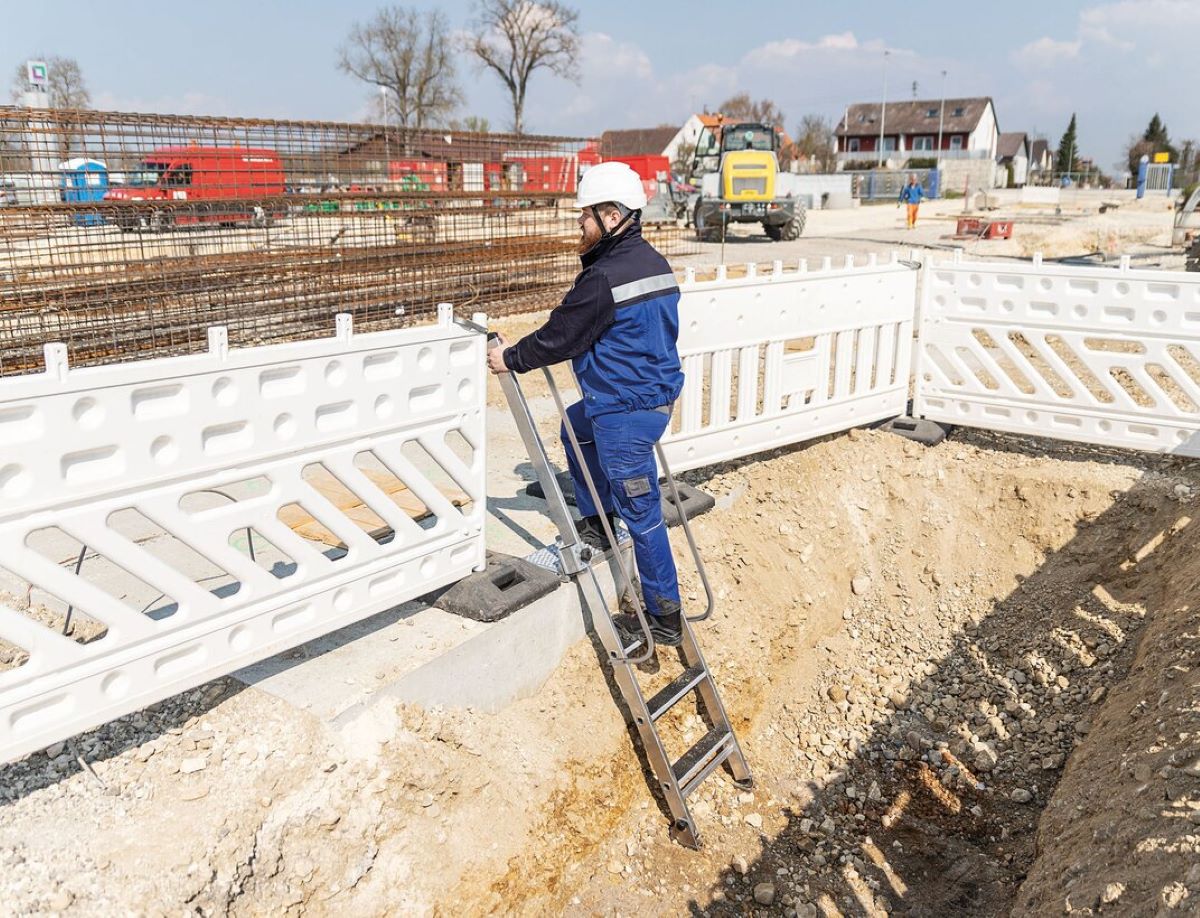
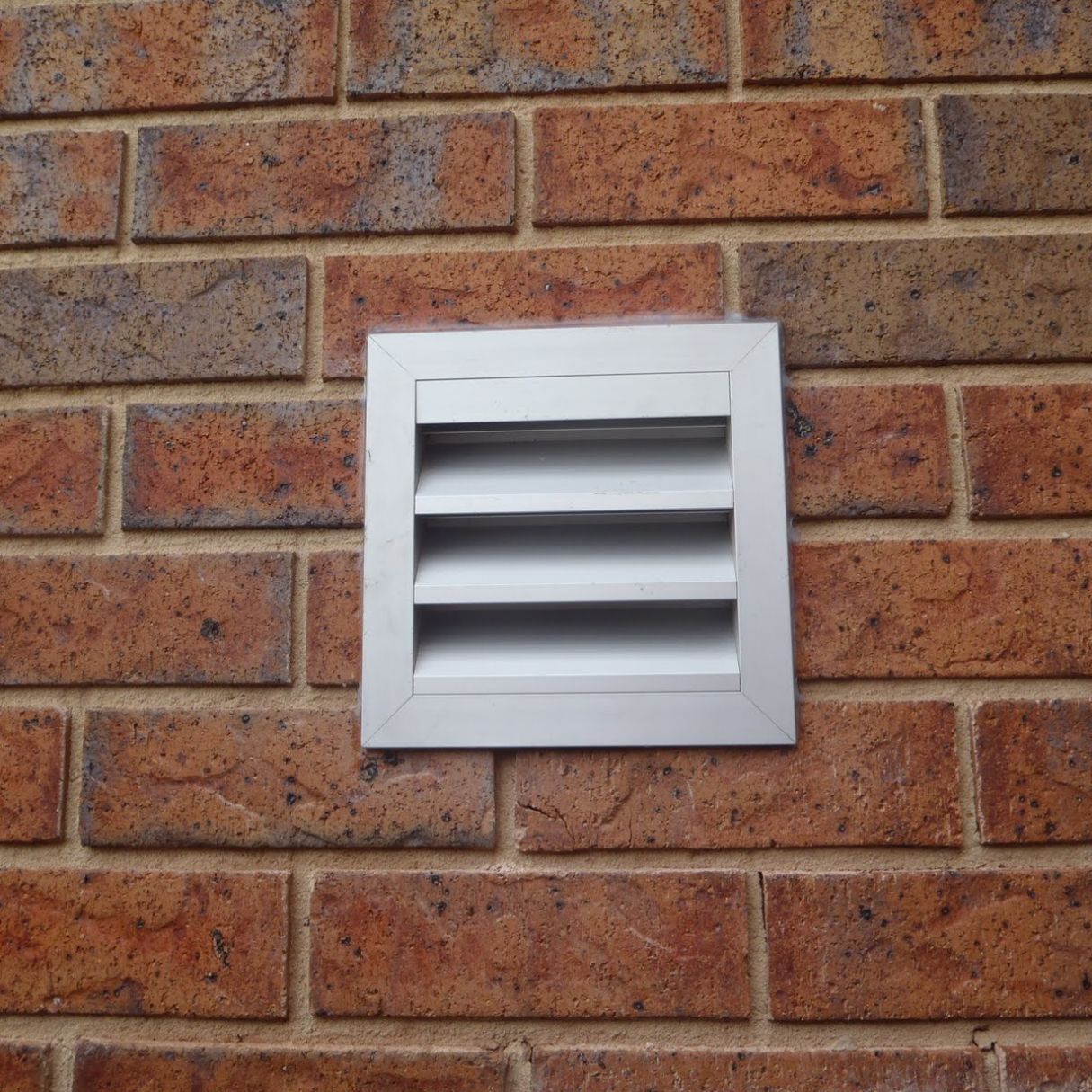
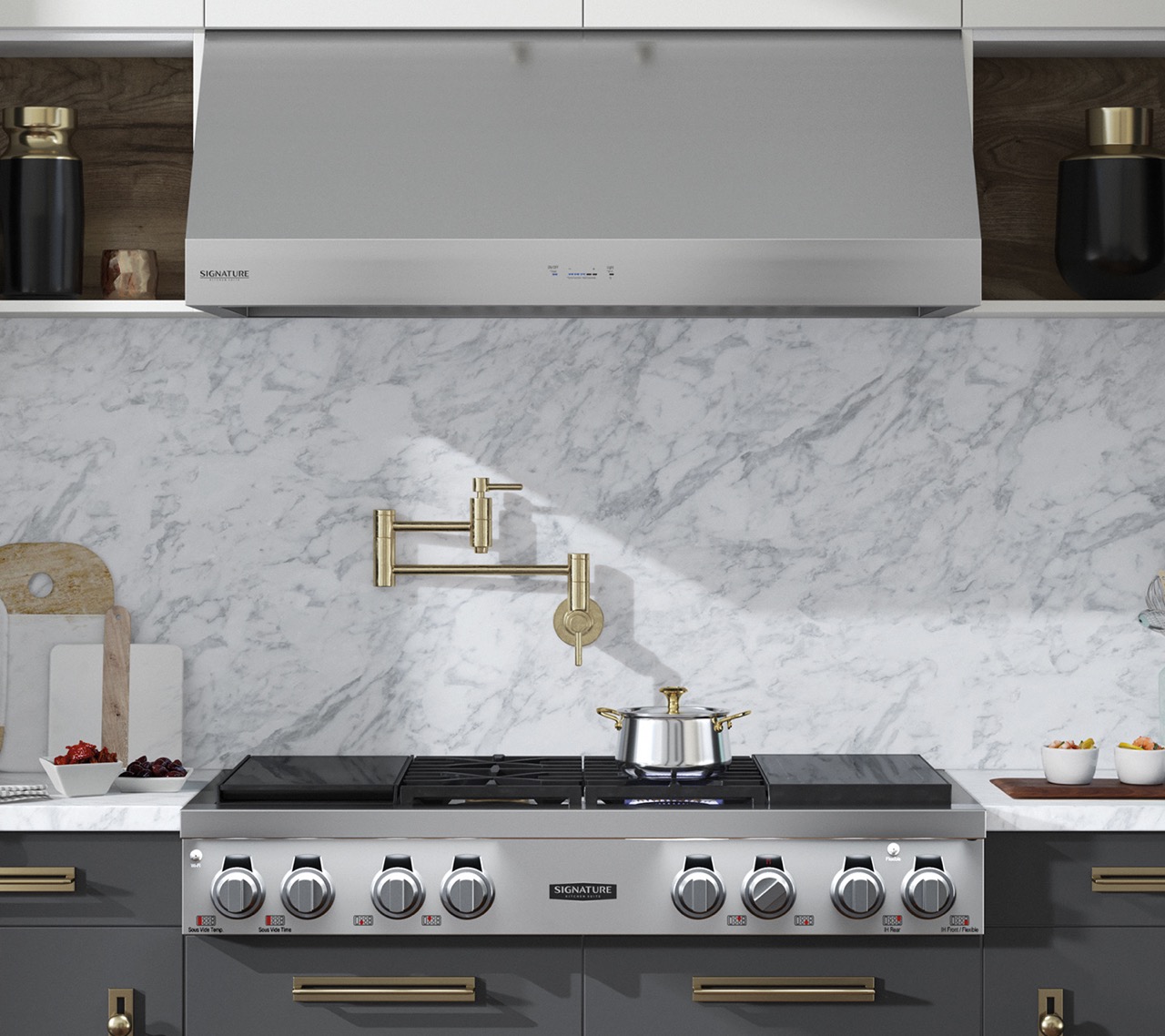
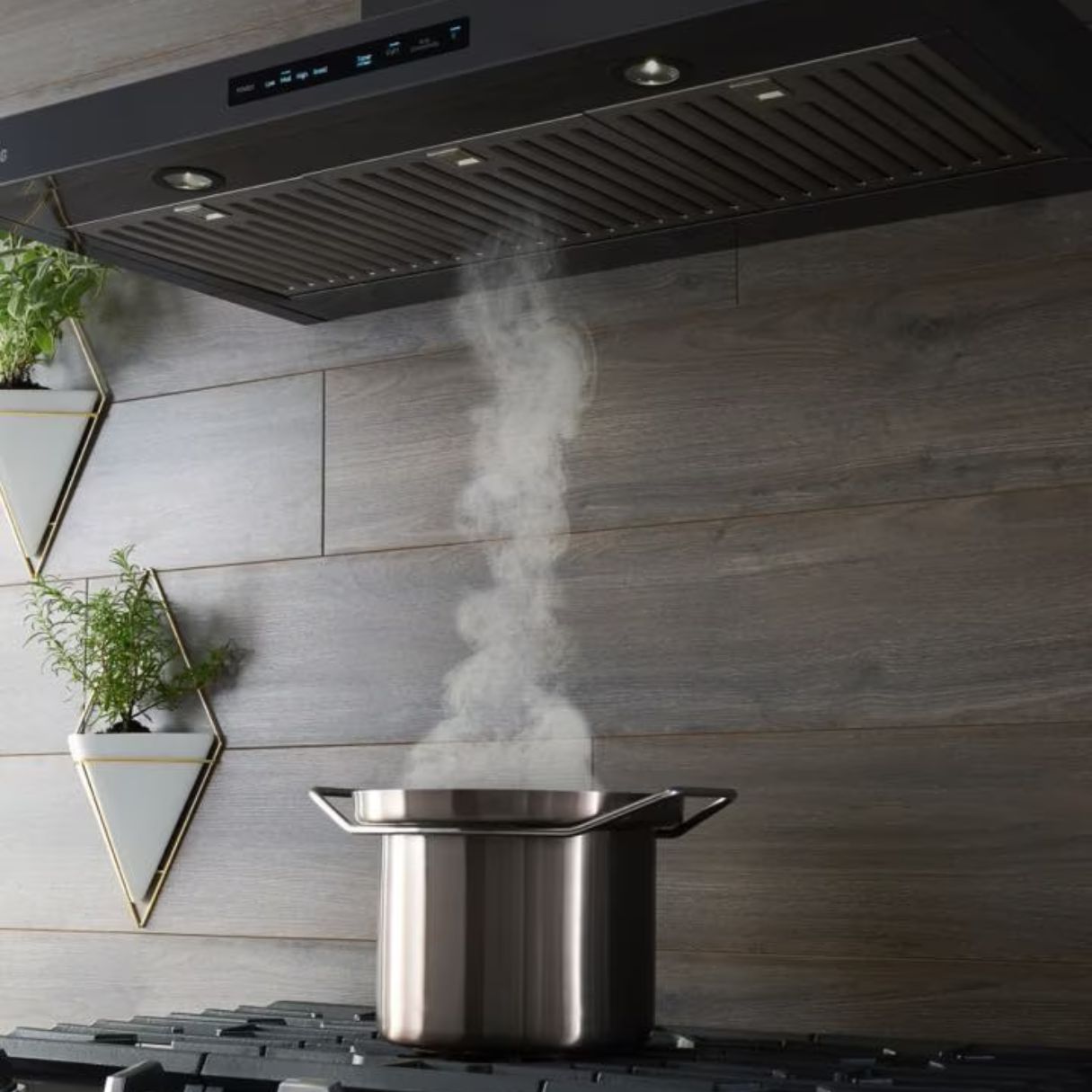
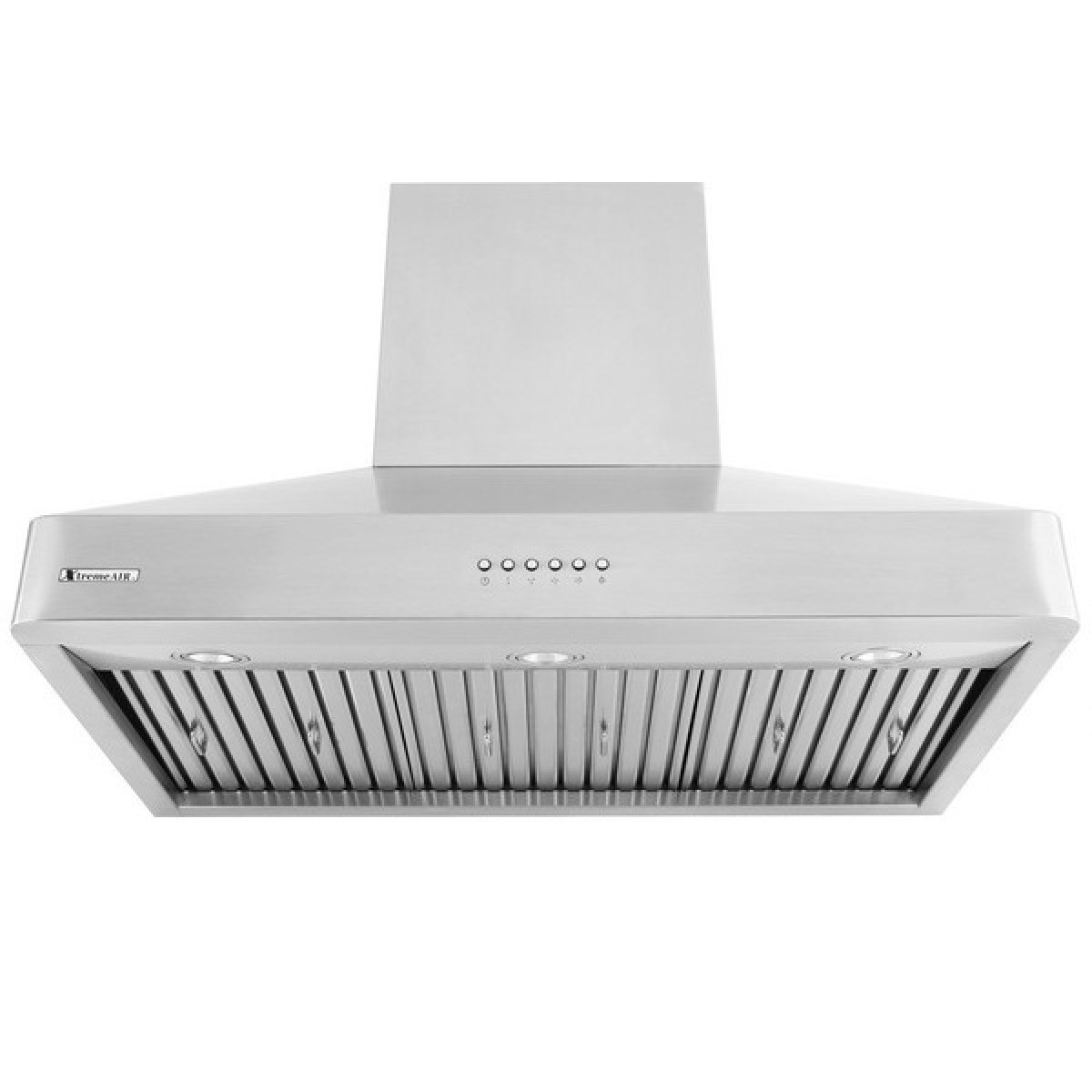
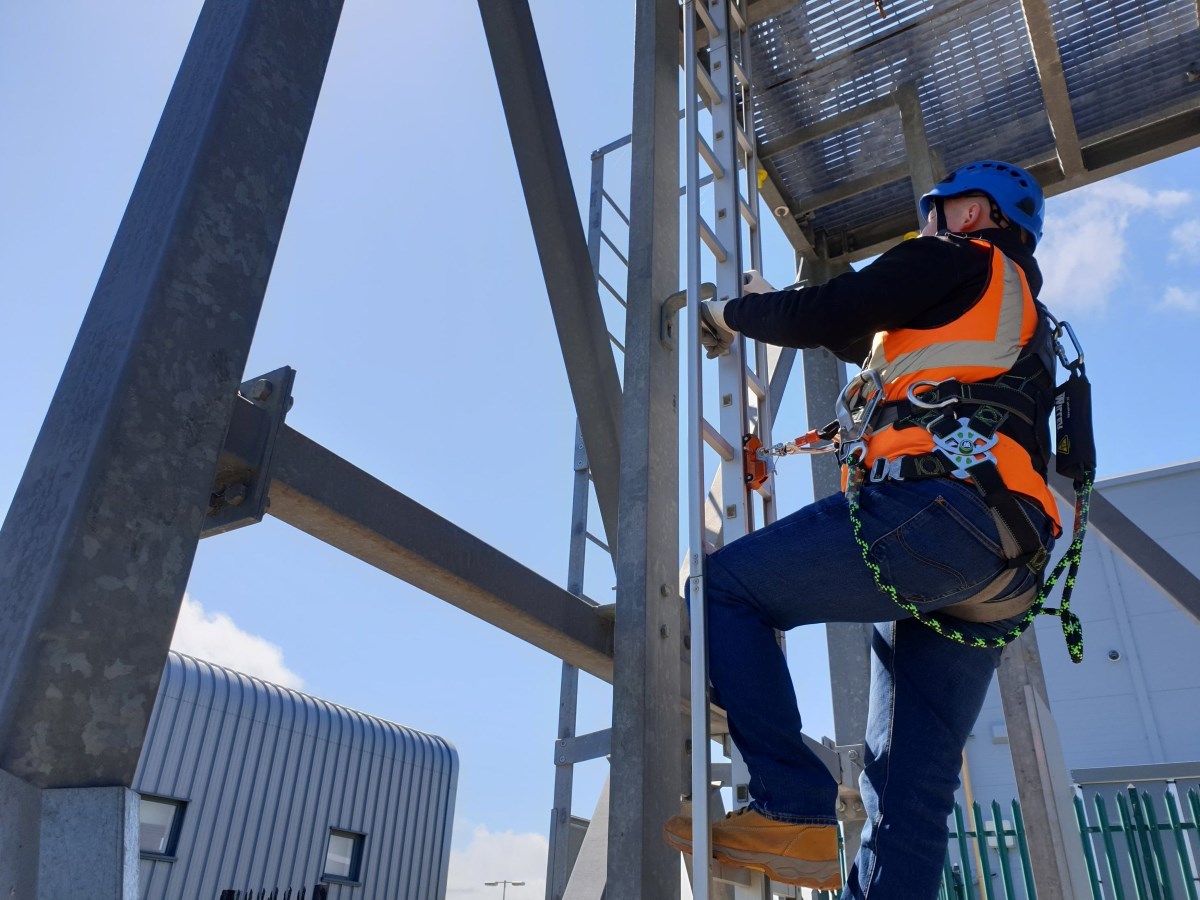
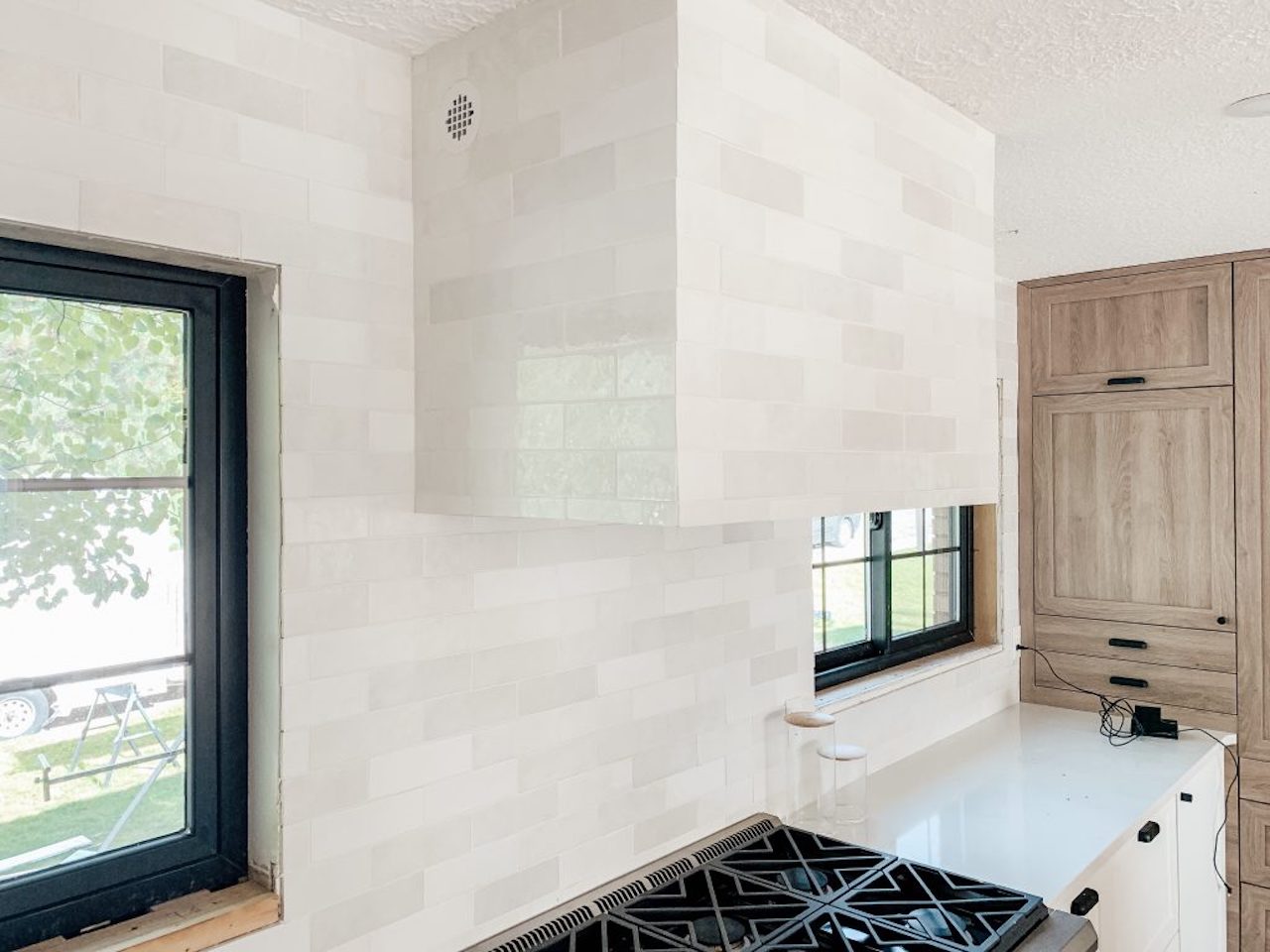
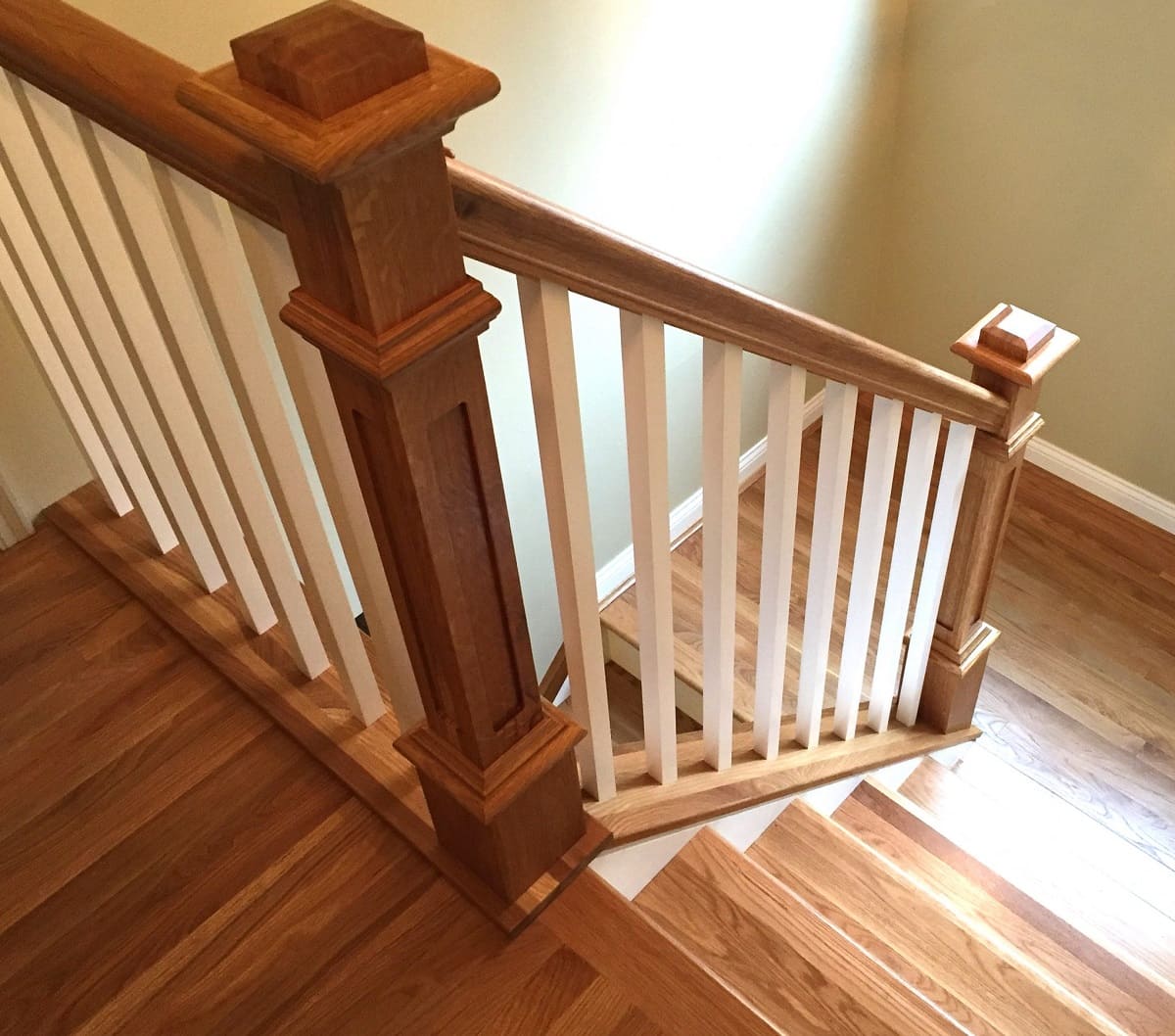
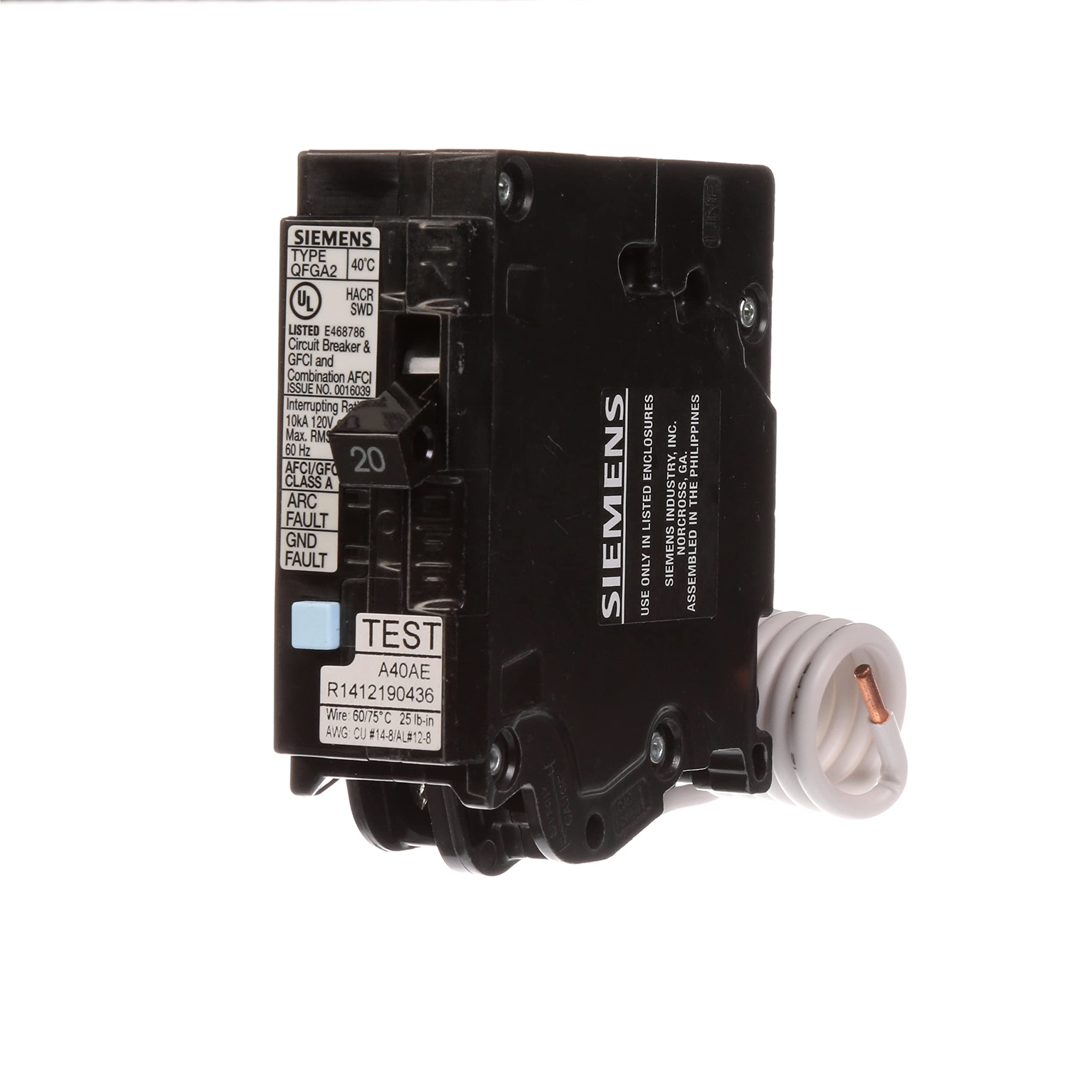
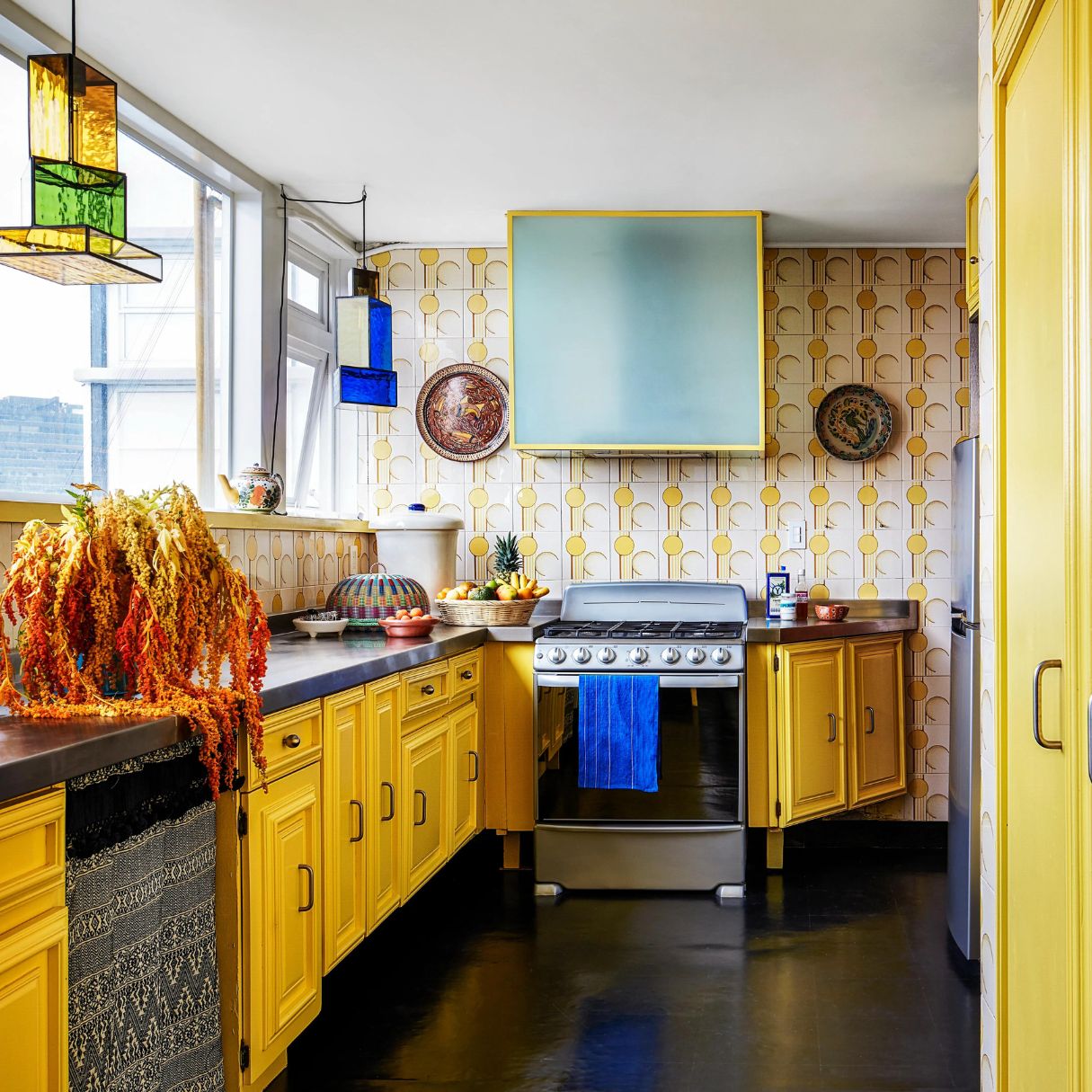
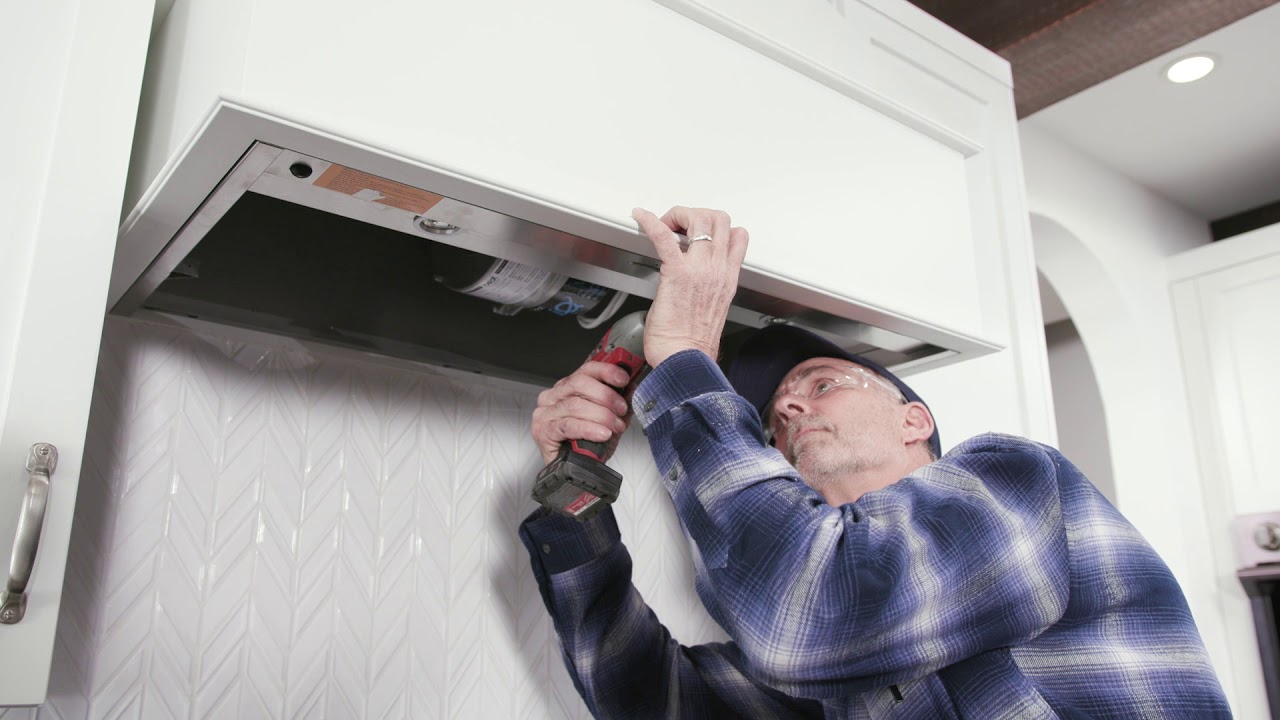
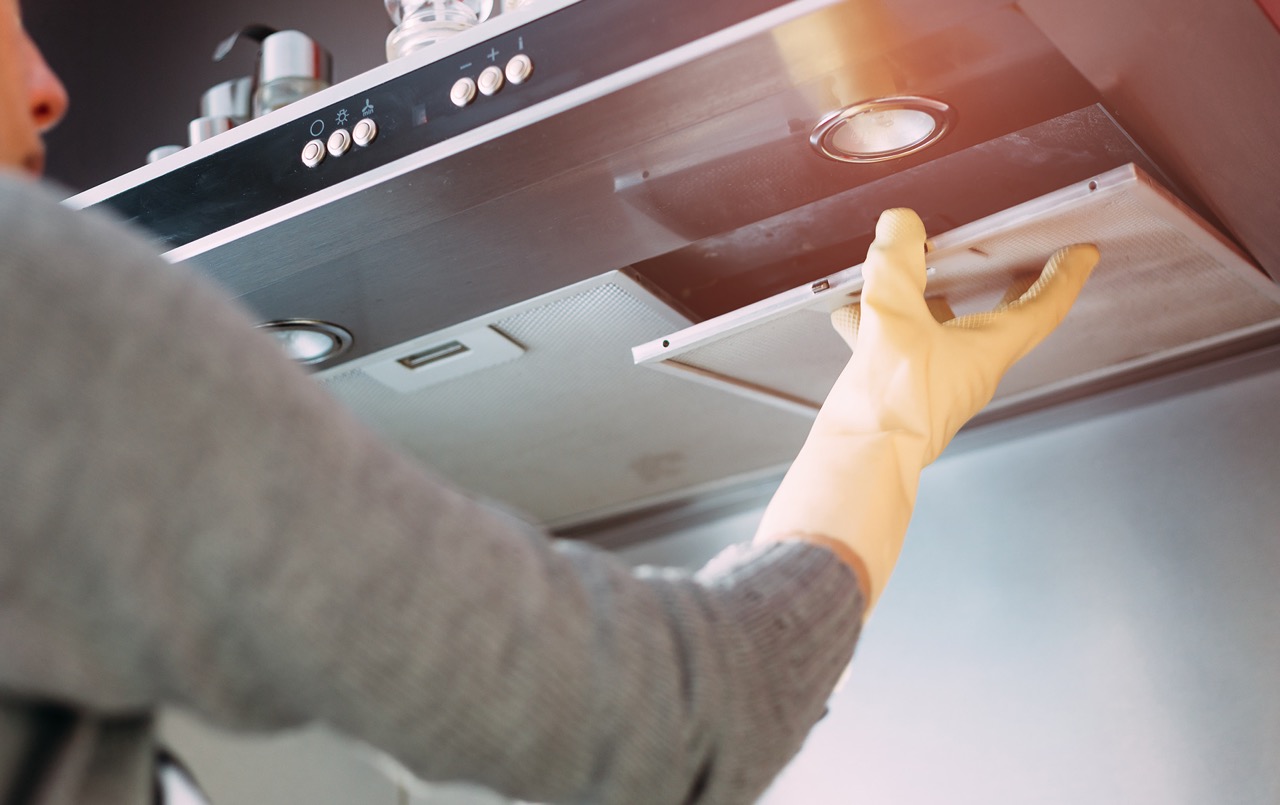
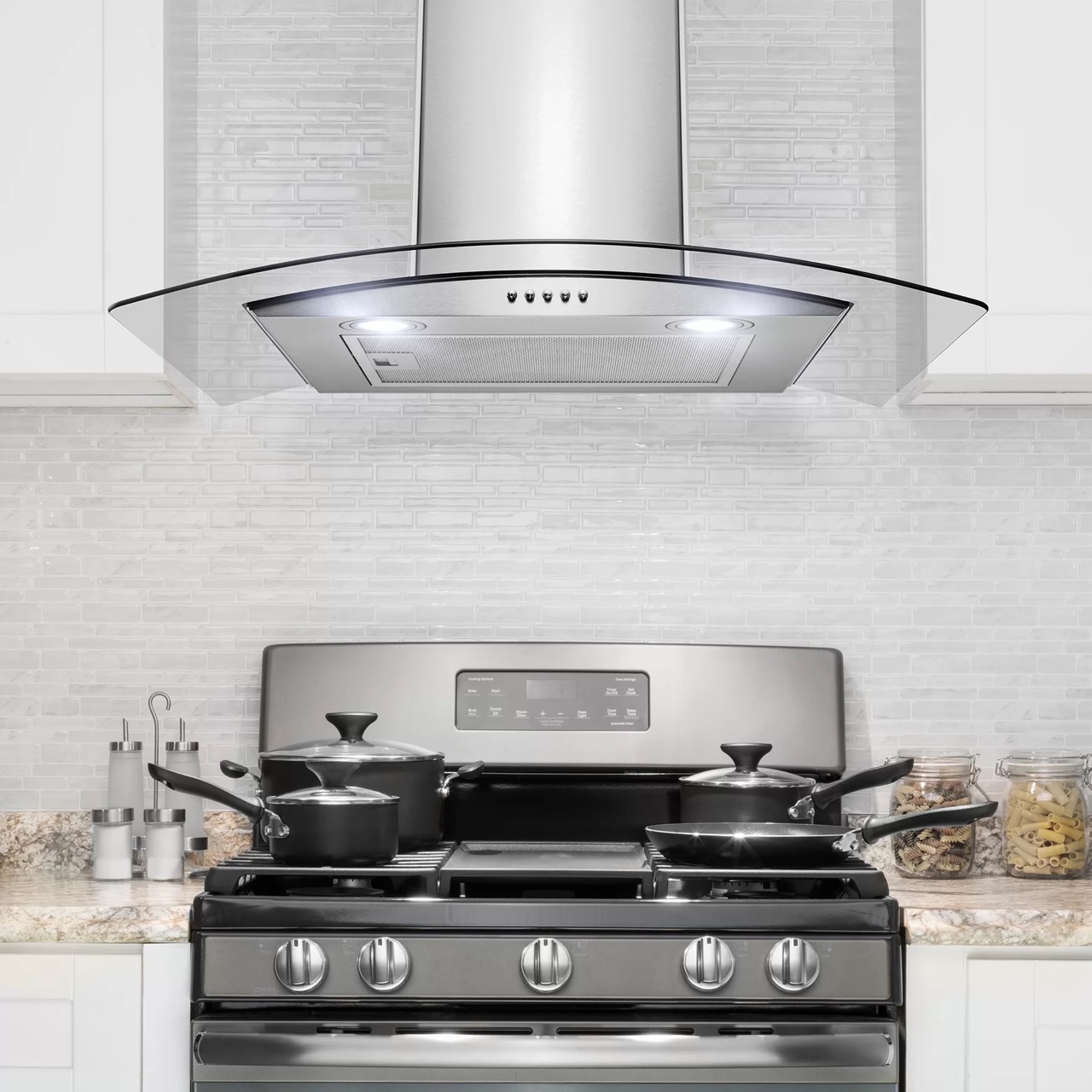
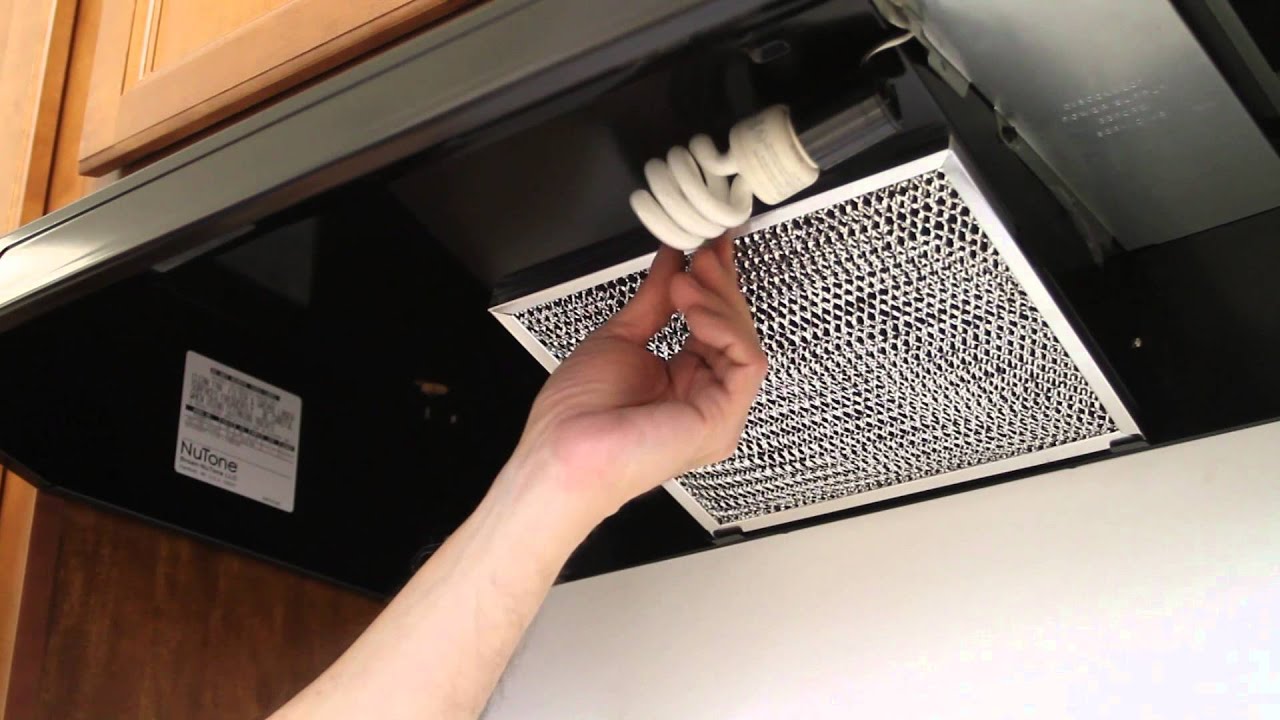

0 thoughts on “When Is Make-up Air Required For A Range Hood”